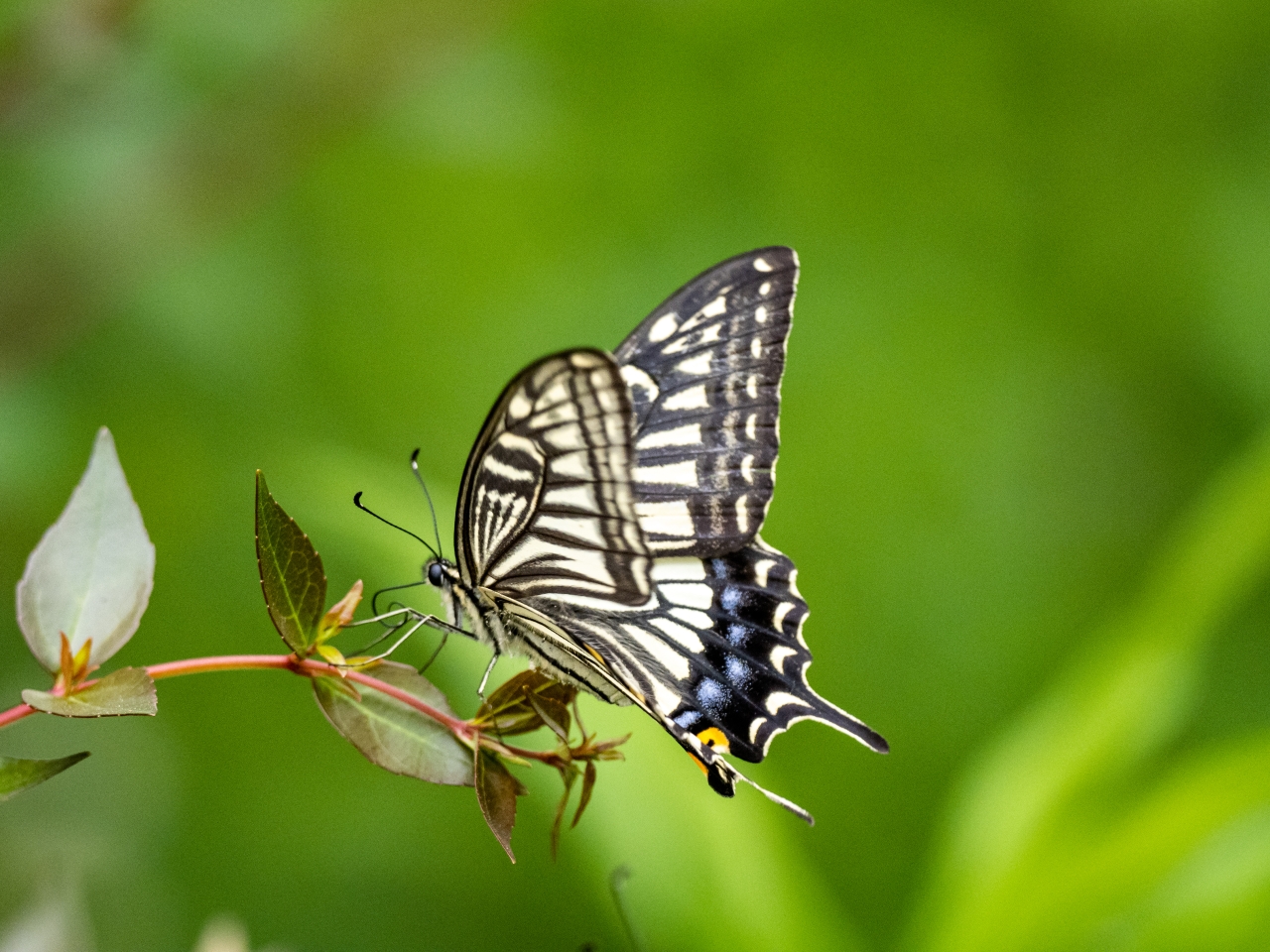Pesticide Spraying of Urban Trees Found to Disrupt Natural Biological Management of Landscapes - Beyond Pesticides Daily News Blog

(Beyond Pesticides, November 16, 2022) Putting up with moderate pest levels can attract and maintain predators and parasitoids that provide important biological control services throughout the landscape, according to research recently published in Environmental Entomology. While scale insects can be a problem in urban areas, dropping sticky ‘honeydew’ on cars and structures, they also play a critical role in maintaining native populations of pest predators. Scientists at NC State University (NCSU) set out to understand just how important these pest populations are at maintaining their own natural enemies.
To do so, researchers worked through a series of three hypotheses on the connection between urban trees, scale insects, and pest predators. Focus was first placed on investigating different oak species and comparing the number of predators between trees infested and not infested with scale. Twigs from willow oaks, sawtooth oaks, and overcup oaks were collected from scale infested and scale uninfested trees on the NCSU campus over the course of spring, and counted for their scale abundance. Then, through the summer, researchers used a sampling tool that effectively shook insects out of the tree and into a funnel collection.
Unsurprisingly, scale infested oaks contain more scale insects. But these trees also host significantly higher numbers of pest predators, with greater numbers of spiders, parasitoids, ants, and lady beetles found in infested oaks.
Scientists next aimed to see whether more predators were disbursing into the landscape from infested oaks than uninfected oaks. This was measured by hanging intercept traps – plastic cups filled with soapy water – under the oaks for two days, repeated for a total of five replicates. Results show no difference between the predators captured in either infested or uninfested trees, with no significant differences between tree types.
The last experiment aimed to test the hypothesis that shrubs underneath infested trees hosted higher levels of pest predators than uninfested trees. This was revealed by the use of a vacuum sampler on holly shrubs located beneath the trees. Vacuuming was repeated for a total of 26 scale infested trees and 23 uninfested trees. Multiple different sampling methods were conducted, including three, six, and nine day comparisons over the course of several months.
In general, shrubs underneath scale infested trees contain significantly more pest predators than those underneath uninfested trees. This difference built over the course of sampling time, with three day samples showing less difference than nine day samples.
These findings underscore the importance of patience and timing within the natural pest management approach. After identifying a tree pest, for many community land managers there is a knee jerk reaction to spray as soon as it is identified. But as study coauthor Caleb Wilson, PhD, notes in an article discussing the paper, “Treating a tree with pesticides could kill off natural enemies that would otherwise help manage nearby pests. In other words, treating a tree with pesticides could alleviate pest problems within the tree but could result in pest outbreaks in shrubs beneath the tree as natural enemies are killed off.”
By taking a broader, systems view of the landscape, rather than focusing on a single tree with a single pest, moderate levels of pest populations in trees can be considered a resource rather than a liability.
Biological approaches to pest management are critical for a sustainable future yet are in need of considerably more research and investment. The return on investment is sound – biological management has resulted in billions of dollars in benefits to agricultural economies, placing it on equal footing with the impact of the green revolution, according to a 2020 study.
Take steps to move toward a pesticide free, organic systems approach to pest management on your yard and in your community by learning more and sending a letter to your local elected officials today.
All unattributed positions and opinions in this piece are those of Beyond Pesticides.
Images Powered by 
